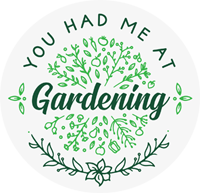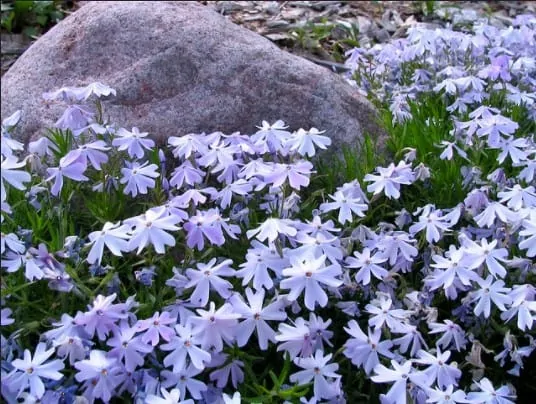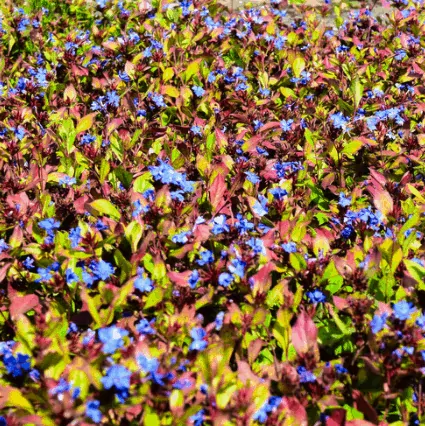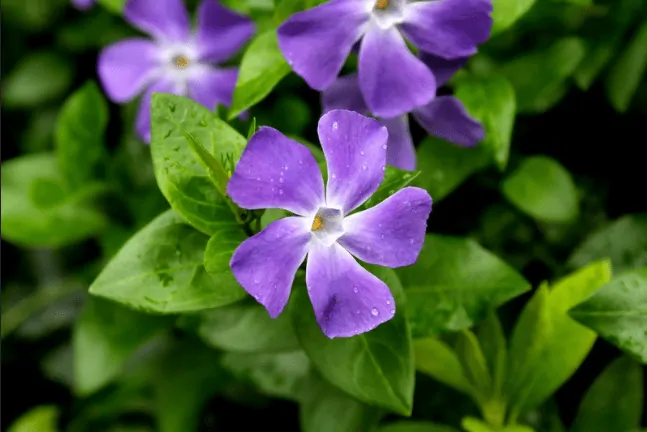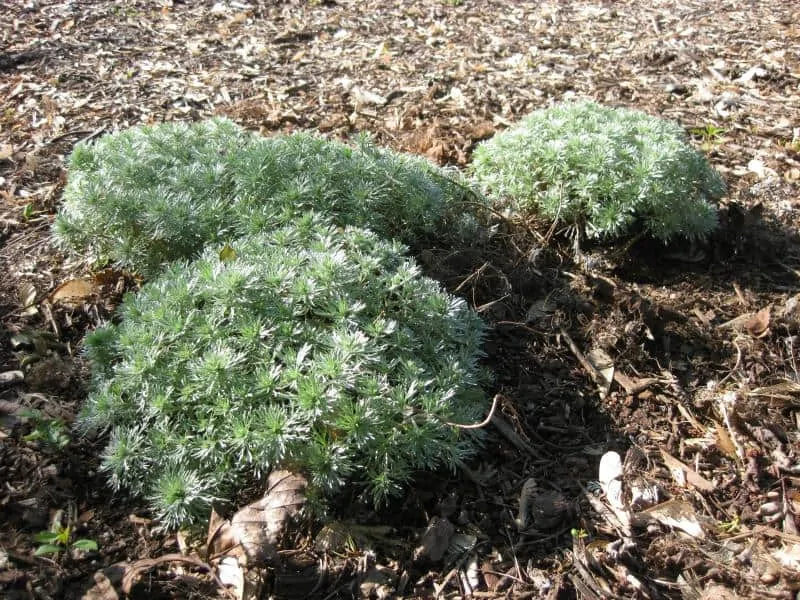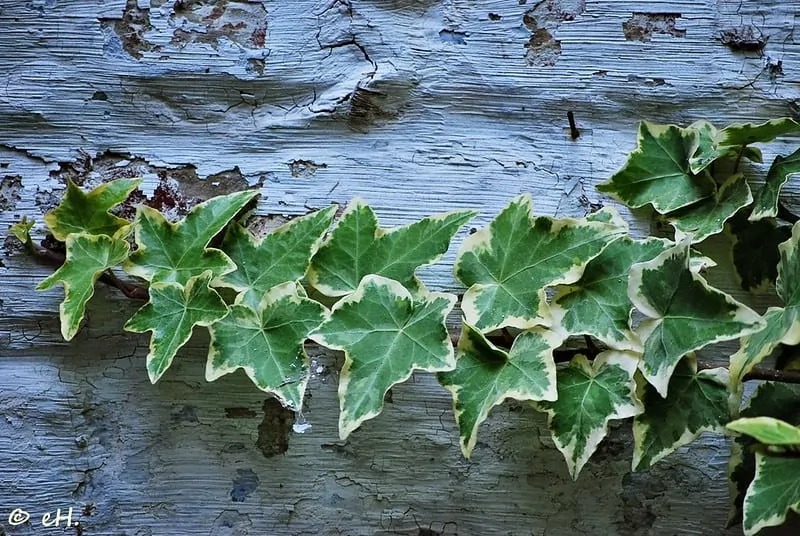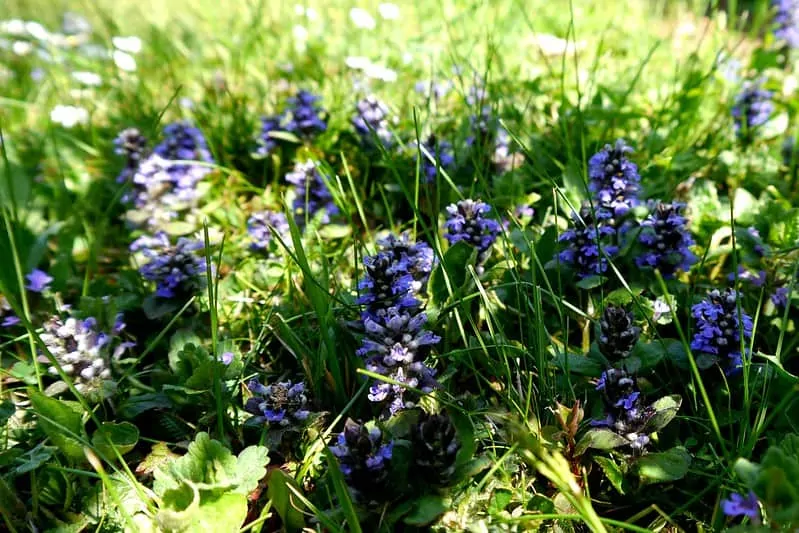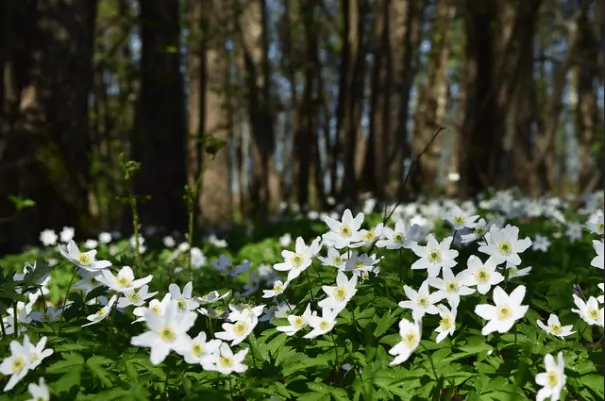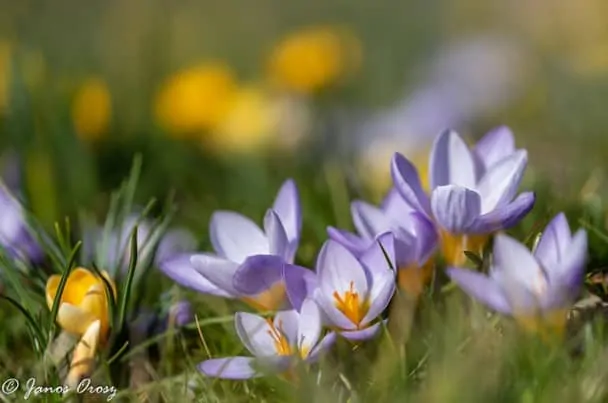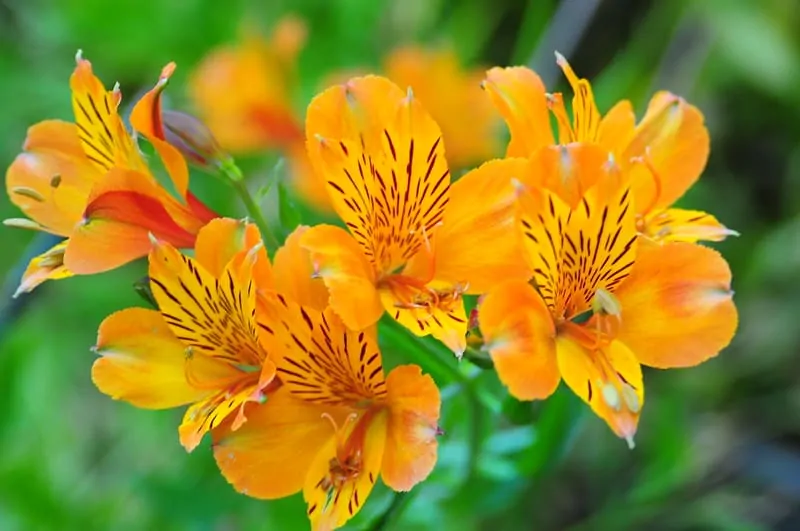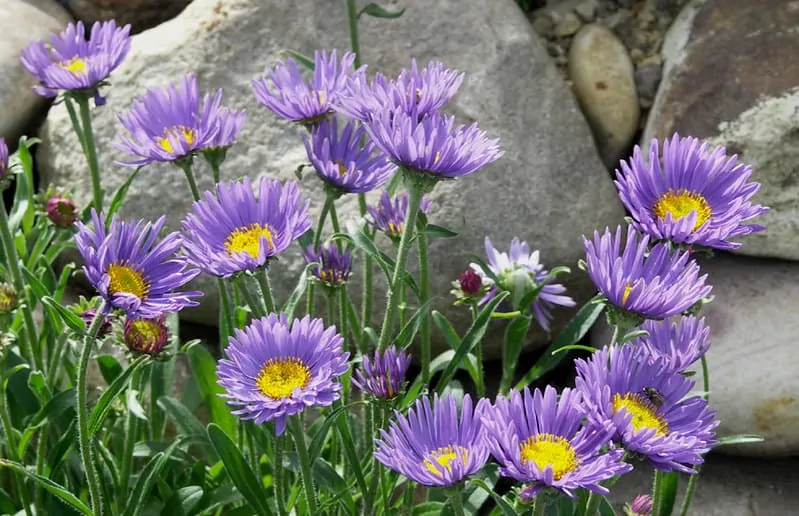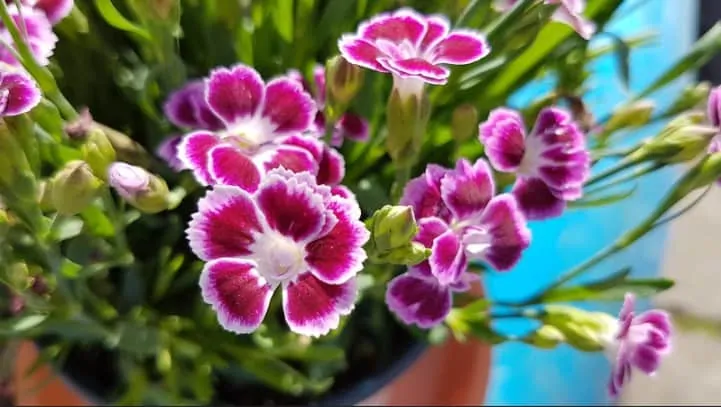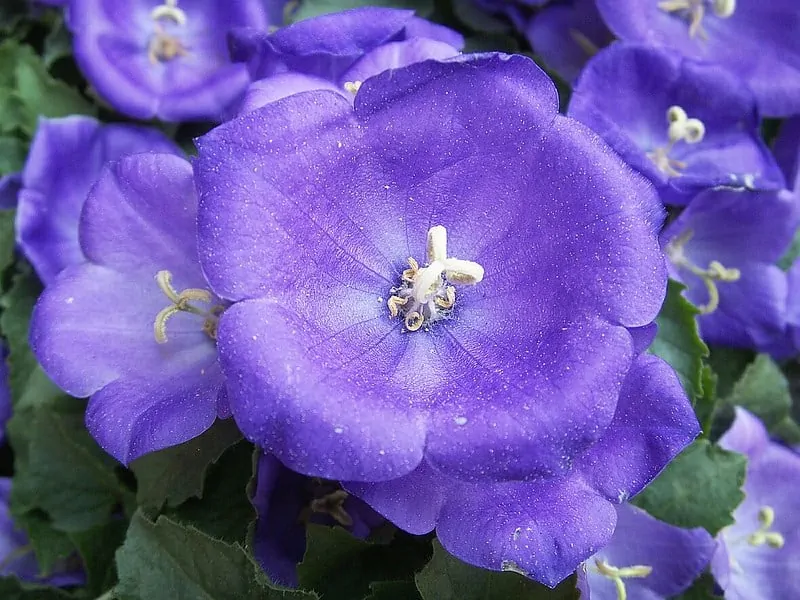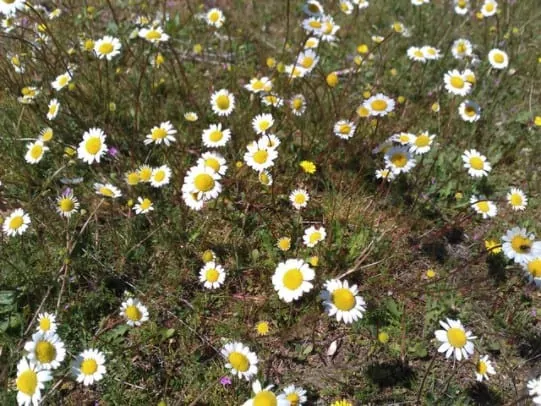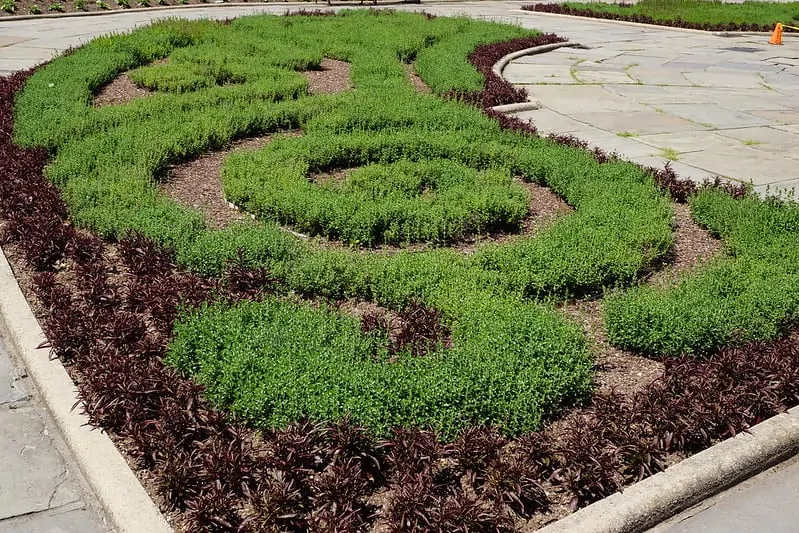Low Growing Perennials To Grow This Winter (And Next Year)
Take a look at this guide and find the best plants to plant once and grow forever, when and where to plant them, and more!
What Are Low Growing Perennials?
Perennials are flowers and shrubs you plant once, take care of them, and never worry about planting them again. They simply preserve their roots and grow by themselves when they come back in their season. Most perennials you are familiar with are bulbous or rhizomatous, but some perennials have simple roots. “Low growing” simply refers to their size. A low growing plant does not exceed 1 ft. in height and most spread wide, rather than tall. Have a look at these ideas for low growing perennials to plant in your garden, according to their peak season!
| Winter | Spring | Summer | Fall |
These categories are created according to what counts as a specific season in the hardiness zones where the plants will thrive, so check out our guide to the USDA hardiness zones! Make sure you are in the right zone for each plant.
1. Lesser periwinkle
Description: This plant is a small, evergreen perennial with long stems and oval, dark green leaves. It spreads wide, nodes sprouting roots to start a new plant. From spring to early fall, it flowers with small, white, or purple flowers. The periwinkle forms a mat if left alone, and it is a great, if invasive, ground cover.
Quick care: It needs full sun to partial shade, well-drained soil, and medium watering. It tolerates drought well. Do not water if there is a risk of freezing in the next 24 hours.
When to plant: Plant in late spring to late summer, to allow enough time for a strong root system to develop before freezing.
USDA zone: 4-9
Toxicity/Diseases: Poisonous to pets, mildly poisonous to humans. No serious diseases.
2. Silver mound wormwood
Description: This perennial resembles a half sphere with thin, fuzzy, silver-green leaves. This is where its name comes from. In warmer climates it is evergreen. It grows no taller than 10 inches and it is well behaved in a garden.
Quick care: Wormwood needs poor to moderately fertile soil, little water, and full sun. It is very drought tolerant.
When to plant: Best results when planted in spring.
USDA zone: 3-7
Toxicity/Diseases: non-toxic, pest resistant
3. English Ivy
Description: This perennial is evergreen in many areas, with medium gray-green leaves with cream edges. It is native to Europe, Asia, and Africa, so it can become invasive in America. If left to climb, it can grow to impressive heights, but it works great as a low ground cover as well.
Quick care: It grows in almost all light conditions, in fertile, well-drained soils, with medium watering.
When to plant: Summer.
USDA zone: 5-10
Toxicity/Diseases: moderately toxic to pets, susceptible to aphids, scales, and vine weevils.
4. Carpet Bugle
Description: These creeping, low growing perennials are most known for the sweet-smelling flowers that bloom in late spring. It also creates carpet areas in difficult spots, so it is a great stand-in for grass. Be careful, as it can grow invasive in America.
Quick care: It needs shade, well-drained soils, and good moisture.
When to plant: spring, summer, and fall
USDA zone: 4-9
Toxicity/Diseases: non-toxic, pest hardy
5. Wood Anemone
Description: This is a grassy, rhizomatous perennial, like ginger. It spreads in dark green carpets with wide, pale purple or white flowers that bloom in spring. The flowers follow the sun’s path on sunny days.
Quick care: It grows great in shady spots, with constant humidity and rich soil. It might need some organic fertilizer before planting.
When to plant: fall
USDA zone: 5-8
Toxicity/Diseases: sap might irritate the skin, pest, and disease-free
6. Sieber’s crocus
Description: We talked about crocuses before, when I gave you suggestions of perennials to plant in fall. It grows straight out of the snow with small, purple, white, and yellow flowers. It gets along great with other plants and it will spread without damaging the surrounding flowers.
Quick care: It needs full to partial sun, medium moisture, and well-drained soil.
When to plant: Fall
USDA zone: 3-8
Toxicity/Diseases: Toxic to humans and pets, virtually disease-free
7. Peruvian lily
Description: One of the tallest plants on this list, the flowers can reach 12 inches in height. The leaves are lower, dark green, and sharp. The flowers are generally pink or yellow, with stripes on the inside.
Quick care: It needs full sun, fertile and well-drained soil, and medium moisture.
When to plant: Fall
USDA zone: 7-10
Toxicity/Diseases: Poisonous to animals, virtually disease-free, except for slugs.
8. Alpine aster
Description: These low growing perennials resemble purple daisies, with herbaceous stems and roots and blue-violet flowers. They attract butterflies and bees and form a compact clump in the area they were planted.
Quick care: They need full sun, fertile and well-draining soil, and moderate moisture.
When to plant: Spring
USDA zone: 4-8
Toxicity/Diseases: non-toxic, might have problems with slugs and snails
9. Creeping phlox
Description: This little plant forms a thick carpet of bright green leaves, peppered with purple, fragrant flowers that bloom from mid to late summer.
Quick care: It needs full sun to part shade, medium moisture, and well-draining soils. We mentioned it as a drought-tolerant plant.
When to plant: Spring or fall
USDA zone: 4-8
Toxicity/Diseases: non-toxic, pest-free
10. Fire and ice Dianthus
Description: These small but fragrant evergreen low growing perennials bloom in red, pink, and white flowers that sprout over gray-green leaves. Blooms in early fall.
Quick care: Prefers full sun, neutral or alkaline well-drained soils, and medium moisture.
When to plant: Early fall or mid-spring
USDA zone: 4-9
Toxicity/Diseases: toxic to pets, pest resistant
11. Carpathian bellflower
Description: This perennial will form small, compact mounds of green leaves and light purple or blue bell-shaped flowers. It is native to the Carpathian mountains so it does great in rocky gardens.
Quick care: The bellflower thrives with full sun, well-drained soils, and little water.
When to plant: Spring or fall
USDA zone: 4-9
Toxicity/Diseases: slightly poisonous to pets, pest-free
12. Chamomile
Description: This sweet-smelling flower blooms with small, white flowers that continue to bloom until frost hits. It can be used to make tea, but leave some flowers on the stem for propagation.
Quick care: Chamomile needs full sun to partial shade and moist, well-drained soil.
When to plant: self-seeds in fall, plant as seeds in fall
USDA zone: 4-9
Toxicity/Diseases: non-toxic, no serious pests
How To Plant Low Growing Perennials
Now that you have a quick guide with suggestions for low growing perennials, consider how to plant them. Most do great in between stepping stones or as margins. Think about the height as well when planting. Some make good ground covers for sight only, while others are step-hardy too. If you have enough space, you can create arrangements, from circles that bloom in specific months to a flower calendar. Have fun and get creative!
Final Thoughts
Do not hesitate to ask any questions about these low growing perennials, how to grow them, or advice on how to get them to thrive in your garden! The comment section is as always open and waiting for you! Which ones will you plant?
